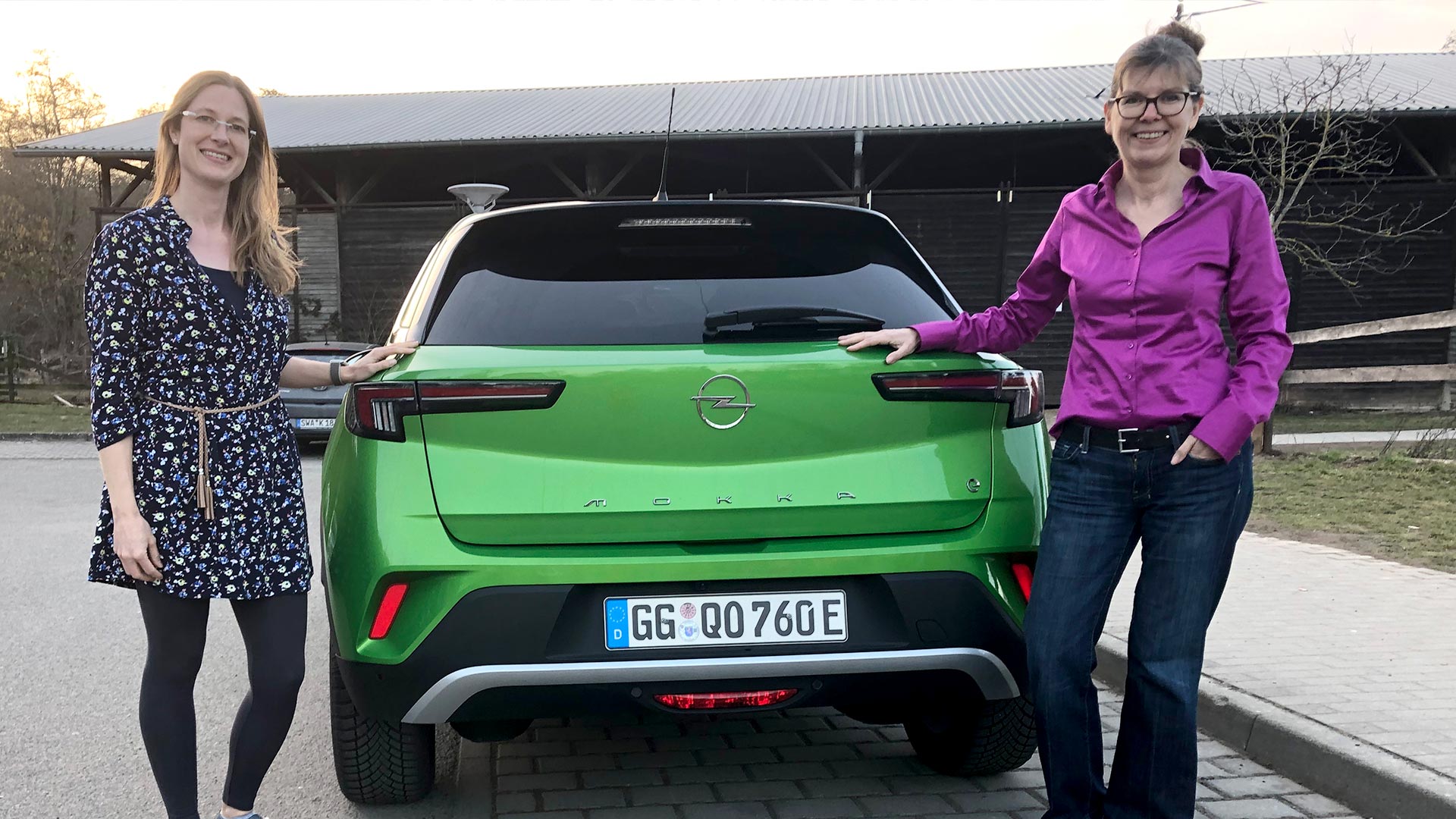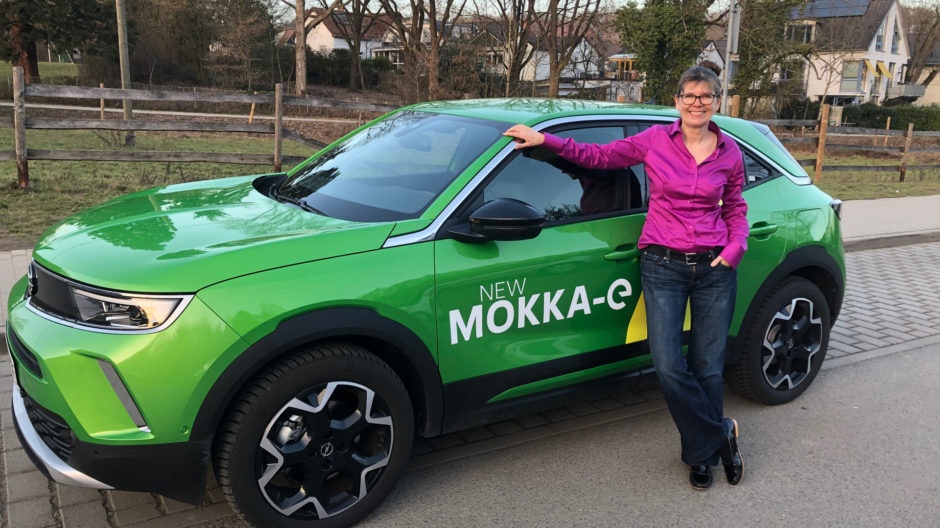Seven women of different heights, in different age groups and from a wide range of professions at Opel stand in front of the climate testing chamber. A prototype of the new Mokka is parked inside – at -30°Celsius. One by one, the women enter the room, open and close the boot.
In cooperation with the technical department, they test which gas springs on the boot lid are ideal for women: if the forces are too high when closing, weaker women in particular have a hard time. If the damping is too low, the boot lid falls down too easily. Because the outside temperature makes the oil in the dampers viscous or thin, how much strength a woman actually needs is tested – at temperatures between -30°and +60°Celsius!
What is important to women about cars?
The seven testers belong to the Women Perspective Panel (WPP). Their objective: to develop cars that also cater to the needs, expectations and preferences of women. But how do these differ from those of men?
Pia Pommer, who led the WPP pilot project for the new Mokka, is familiar with numerous scientific studies on women and cars. According to her, women are more practical: “For many female customers, a car is first and foremost a means of transport,” she says. “It should have good fuel economy and be safe. Because women are on average smaller than men, they want the seat, steering wheel and safety belt to be easily adjustable. Compared to men, they also attach more importance to storage space in the car and have a much greater focus on the boot – both in terms of the force required and the feel when opening and closing the lid, as well as the lighting in the interior. But these are just a few examples.”
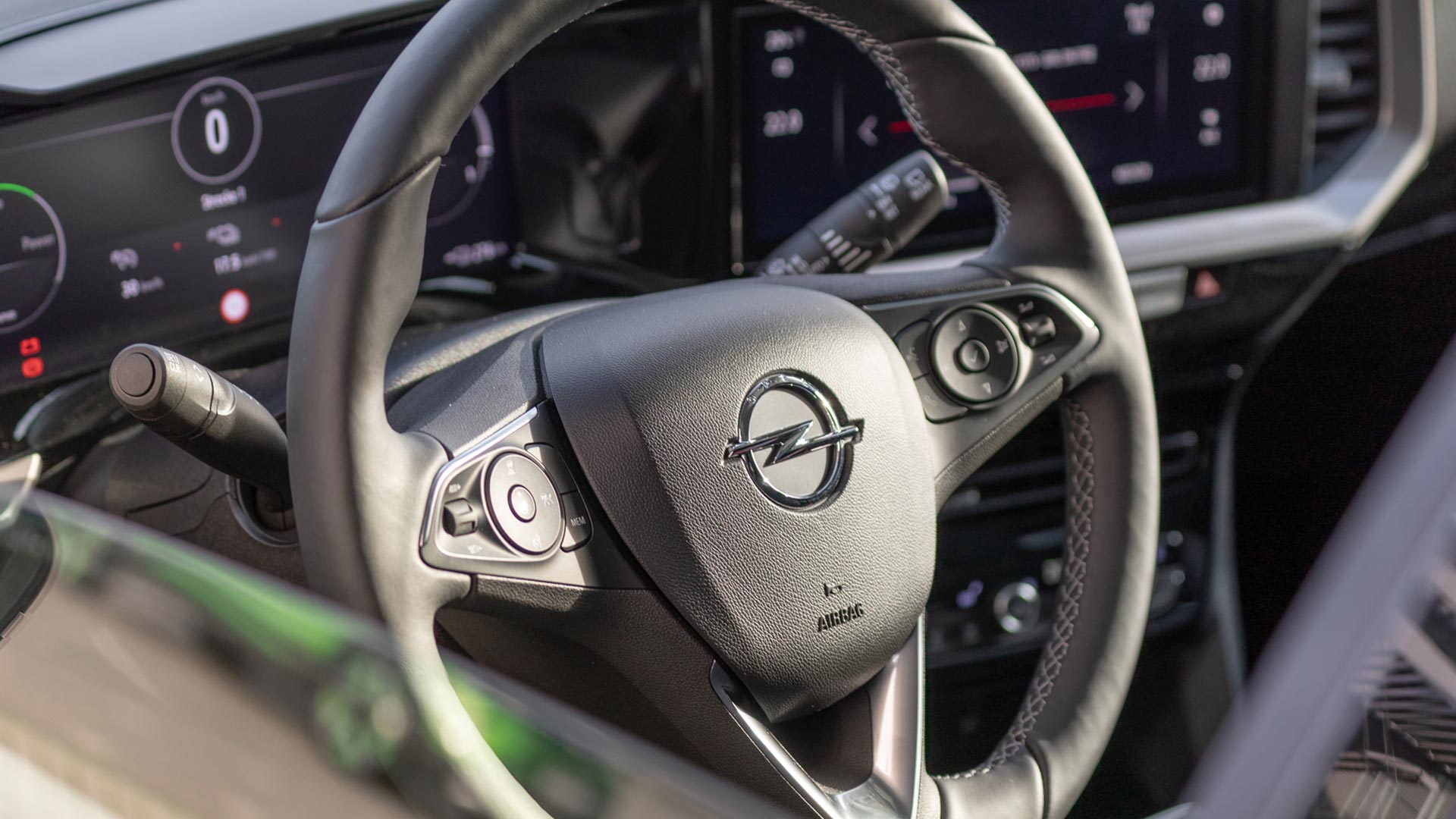
Women’s preferences are more varied than those of men
But Pia Pommer also explains: “At the same time, women’s preferences are more complex. Surveys show that the range of needs, desires and expectations among female customers is interestingly much broader than among male customers. This also applies to aesthetics. For example, mainly women are among the people who like ‚cute-looking‘ cars. But many women also prefer vehicles with a sporty, powerful appearance. So there are vast differences within the female clientele.”
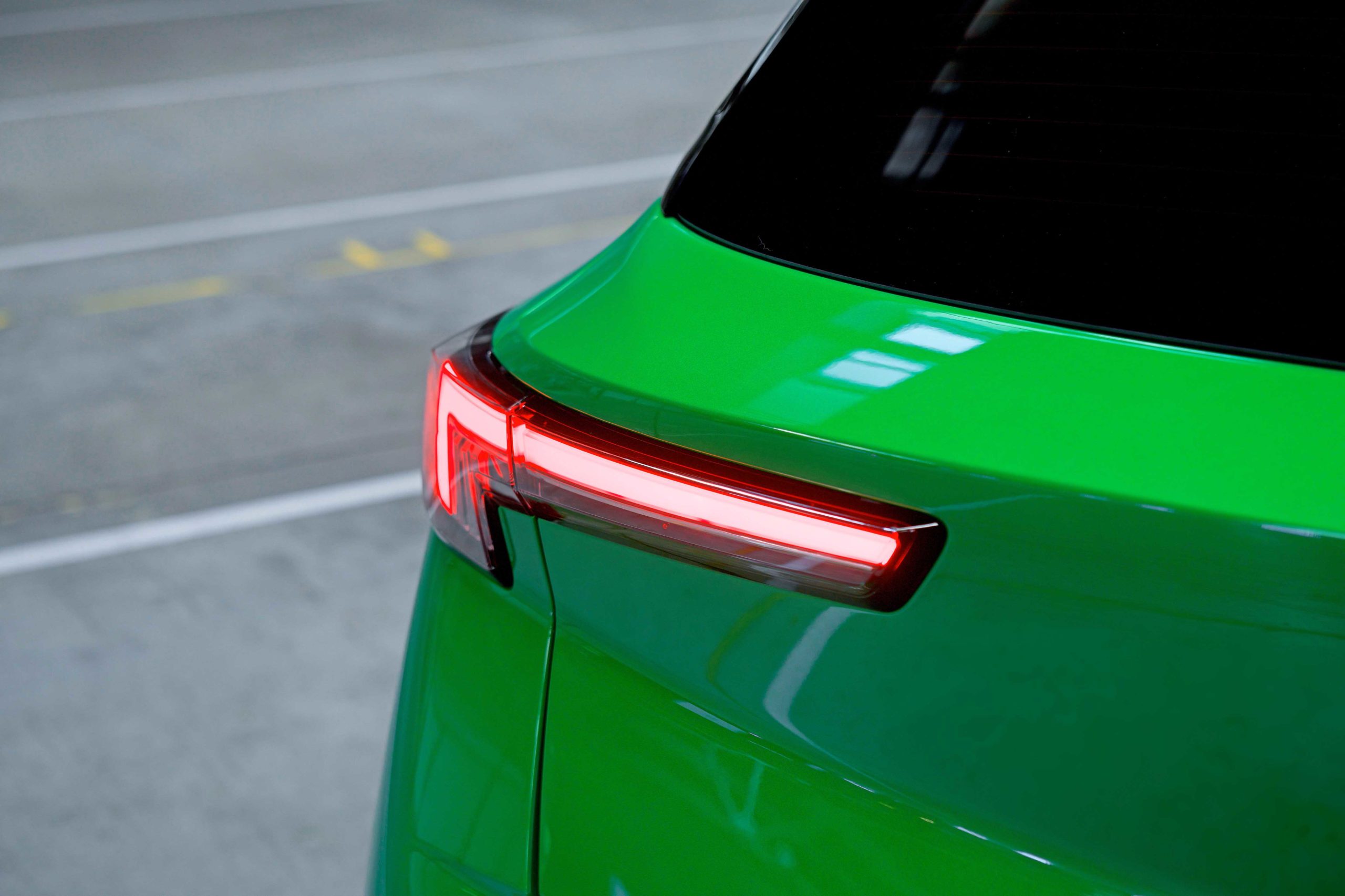
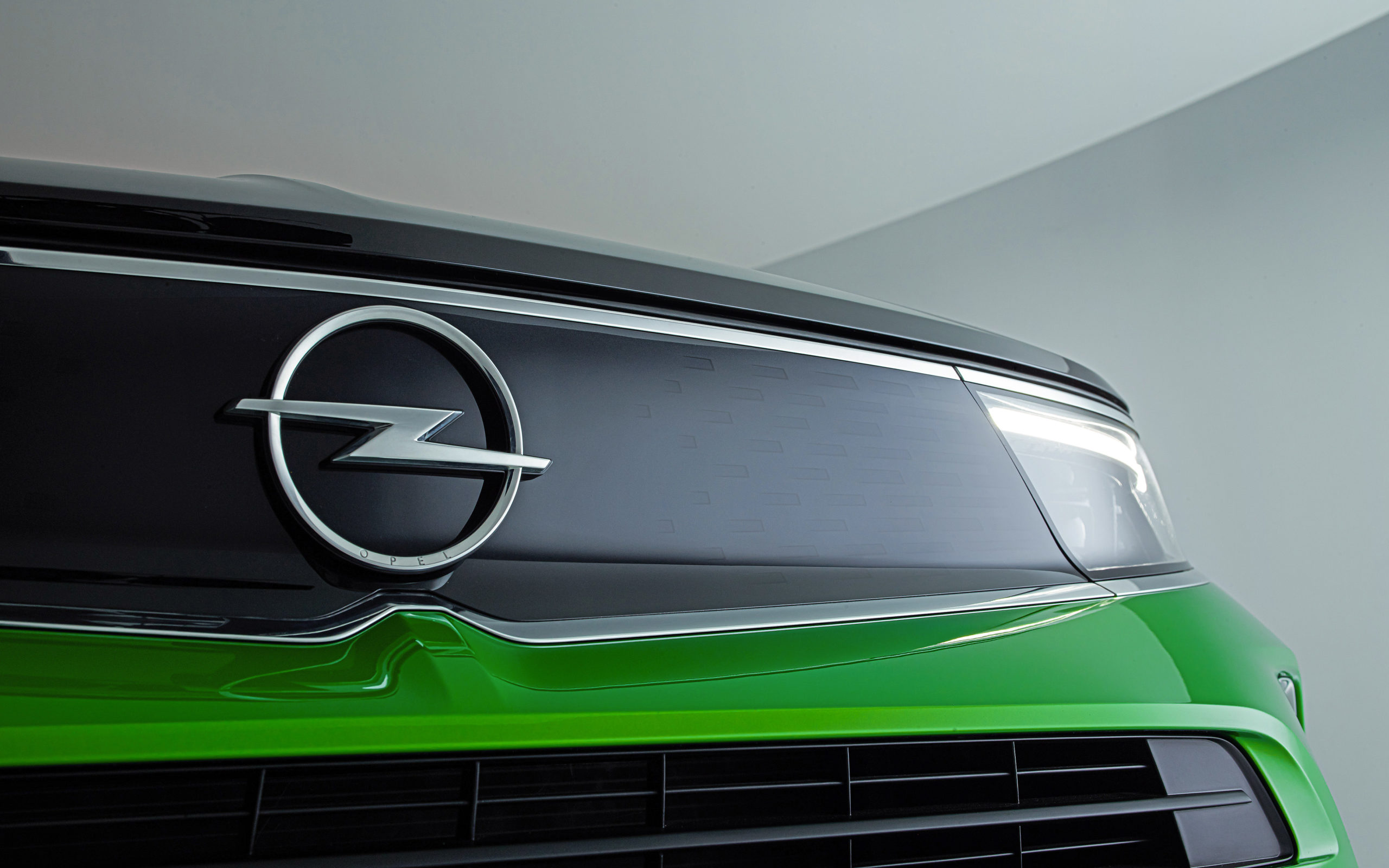
The beginnings of the WPP at Opel
The engineer knows what she is talking about. The question of what women expect from cars has occupied Pia Pommer since the beginnings of the Opel Women’s Network seven years ago. Back then, she and her working group within the women’s network came across the great diversity of female preferences when it comes to cars. With the merger of Opel and Groupe PSA, the opportunity arose to establish the Women Perspective Panel at Opel – which already existed in France.
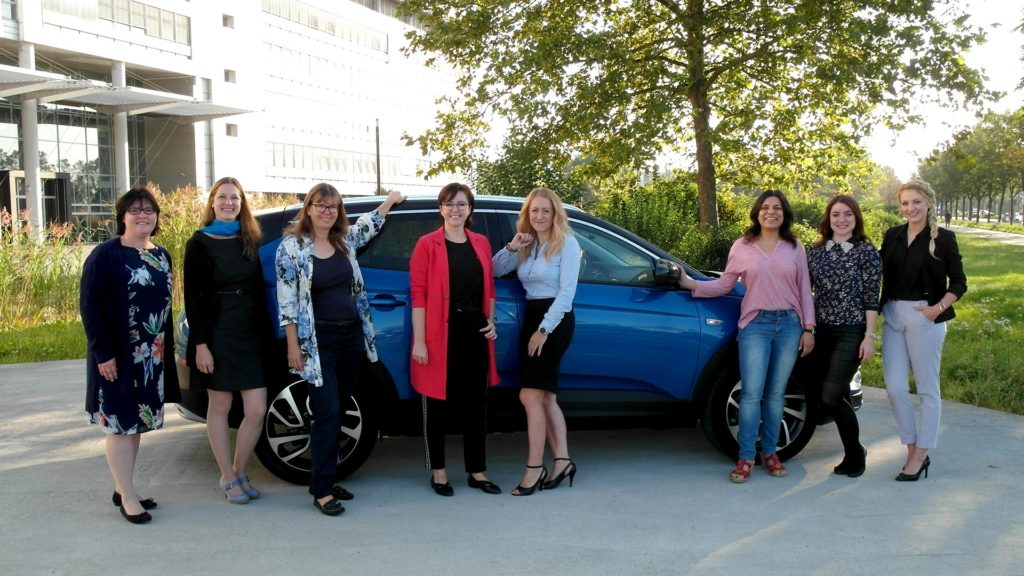
The engineer selected seven deliberately different women in a team: in terms of age, height and education, as well as with and without children. After all, she already knew that different women pay attention to different aspects of the car: a short person, for example, would be more likely to notice if a handle was too high. And a mother would certainly pay special attention to child-safety. The diversity of women was to be a bedrock; however, they would work on the basis of scientific studies and valid surveys in addition to empirical values.
„Women have an eye for detail“
How the WPP works
The new Mokka was the first project that the WPP supported at Opel. Marketing and WPP coordinated their efforts as early as the target-setting phase: the new model was to appeal equally to men and women. For this purpose, WPP tested various comparison vehicles, so-called benchmark vehicles, in addition to the first-generation Mokka.
The team then filled out a questionnaire and gave a detailed opinion on what, from a woman’s point of view, should be considered in particular in such a vehicle. For example, the women recommended that the seat height should be adjustable, that care should be taken to ensure that the seat belt is comfortable to wear at any height and that the gears can be changed without effort. The tailgate should also be easily accessible for small women to close the boot. Conventional grip mouldings were not ideal, especially for women with long fingernails – so a handle was needed. The women’s analyses also revealed the desire for sufficient light in the boot. The lamp should be positioned in such a way that it is not blocked by luggage. “Women have an eye for detail,” Pia Pommer laughs.
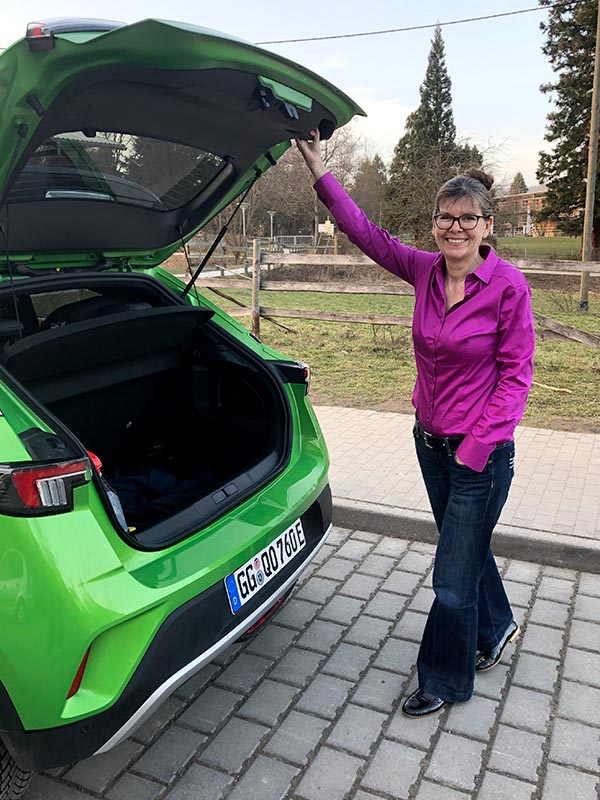
Conventional grip mouldings were not ideal, especially for women with long fingernails – so a handle was needed.
Close cooperation with various departments
She presented the results in several decision-making meetings. The project team immediately supported her – and further developed the WPP’s ideas. In the new Mokka, for example, the pulling force of the tailgate was optimised and a bar was integrated into it so that any hand can comfortably grab it without slipping. Due to the practical orientation of the target group, a hook to hang bags was also added. A lamp in the boot, which was not originally planned, was installed – and high enough so that it cannot be blocked.
WPP tested the results and gave feedback again. This resulted in a close collaboration that lasted until the end of the car’s development. In the meantime, every new car project is accompanied by its own WPP team. “The teamwork goes so far that the WPP recommendations are now even included in the Chief Engineers‘ Key Performance Index. So they are used to check whether the engineers have achieved their goals,” says Pia Pommer.
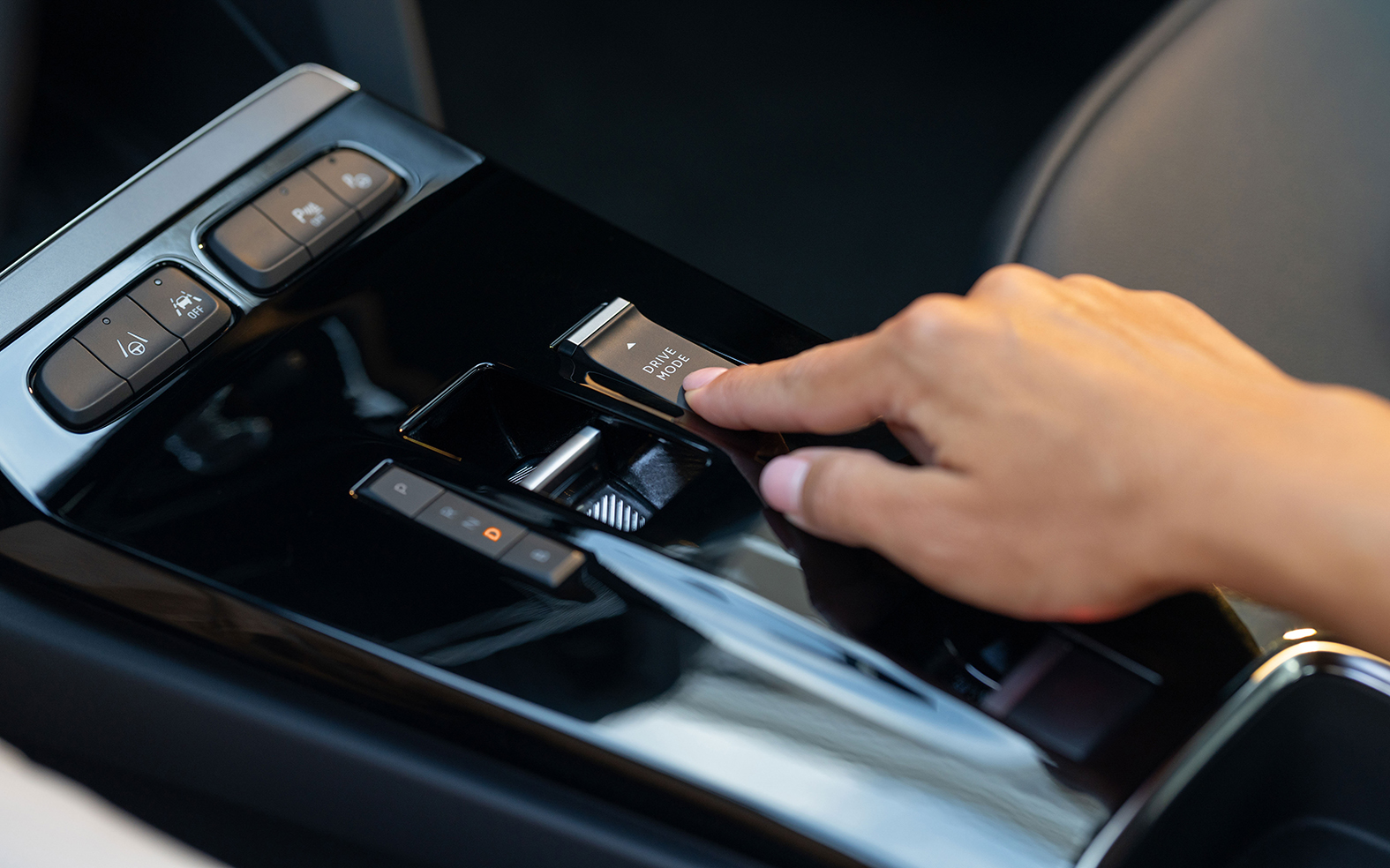
Keeping an eye on diversity in the future
In the meantime, Pia Pommer has handed over leadership of the WPP to Nina Thiele. But the topic stays with her. As the engineer responsible for the electrical control panels in the cockpit, she defines the size and position of the buttons, for example, and how they can be arranged intuitively. For this she often uses preliminary assessments with test persons, for example from the WPP.
Her work for the WPP has also created new perspectives in her private life: “Every time someone gives me a lift in their car, I first have to touch everything and open it up. Check how and for whom it is made, whether it works well for women and men. The work has definitely made me see cars in a different light!”
